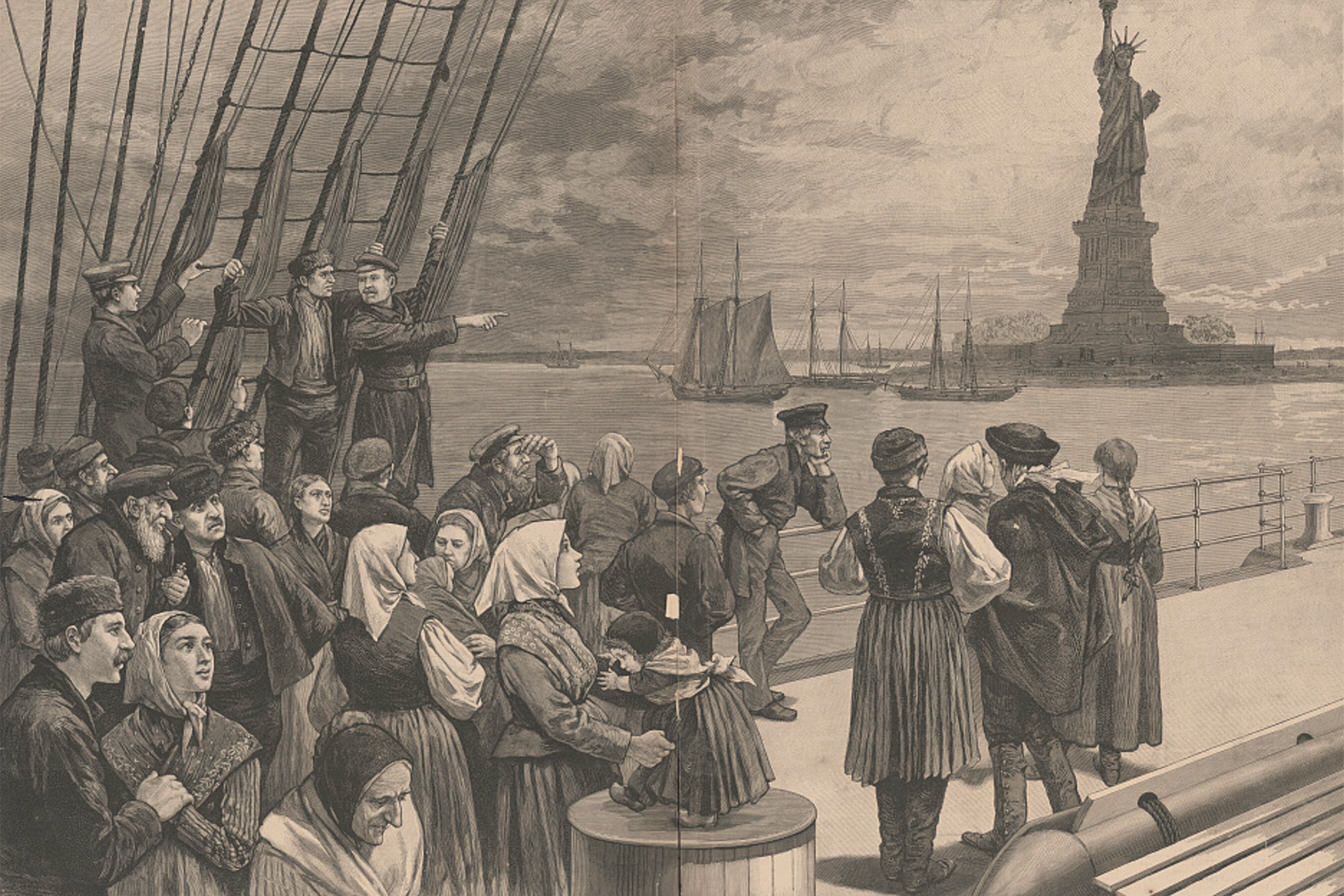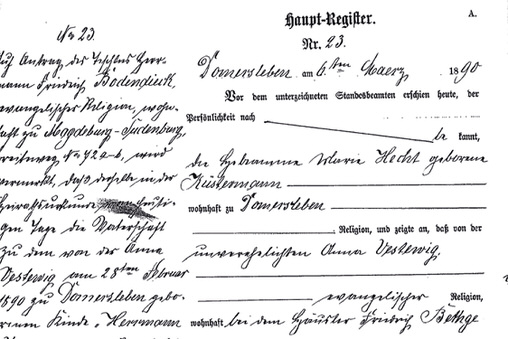Tracing German Ancestors Who Emigrated to North America: A Step-by-Step Guide
Published by Gunar Bodendiek. Last updated on October 14, 2025.

Millions of people in the United States and Canada can trace their ancestry back to German-speaking regions of Europe. Between the 18th and early 20th centuries, waves of emigrants left Germany in search of new opportunities across the Atlantic. If your ancestors were among them, this guide will walk you through the essential steps to uncover their story — from passenger lists to parish records in their German hometown.
1. Start with What You Know
Before diving into international records, gather every detail available at home. Look through family documents, letters, photos, and heirlooms. Interview relatives and note names, dates, and locations. Even a fragment like “Grandfather came from near Bremen” can be the key to narrowing down your search later.
- Full names (including maiden names)
- Approximate birth and death dates
- Immigration or naturalization details
- Religious denomination (Catholic, Lutheran, Reformed, etc.)
- Any known place names in Germany
2. Search Passenger Lists and Immigration Records
Passenger lists can reveal where and when your ancestors arrived in North America — and sometimes even their hometown. For emigrants to the U.S., start with:
- Ellis Island Database (1892–1957)
- Castle Garden Records (1820–1892)
- Ancestry.com and FamilySearch.org for additional ports and transcribed manifests
For Canadians, check the Library and Archives Canada immigration records.
Look for clues such as:
- Age and occupation at time of emigration
- Last residence or place of origin in Germany
- Final destination in North America
- Names of relatives traveling together
3. Locate Naturalization and Citizenship Records
Naturalization documents often include the emigrant’s birth place or previous residence — a crucial detail for tracing them back to Germany. Search in:
- U.S. National Archives (NARA)
- State or county archives for localized petitions and declarations
- Ancestry’s Naturalization Indexes
- For Canada: provincial archives or the Library and Archives Canada
4. Use Census and Local Records to Identify Family Clusters
U.S. and Canadian census records can confirm when your ancestor first appears in North America and whether other family members or neighbors came from the same German region. This can help identify “chain migration” patterns — whole families or communities that emigrated together.
Once you find a consistent residence, check:
- Church records in the local parish (baptisms, marriages, burials)
- County histories, land deeds, and wills
- Obituaries, which often mention the German birthplace
5. Identify the German Hometown
To continue your research in Germany, you must identify the exact town or parish of origin. This is often the hardest — and most rewarding — step. Clues may appear in:
- Naturalization petitions or passports
- Church records or tombstones mentioning the place of birth
- Passenger lists (under “last residence”)
- Letters, diaries, or family Bibles
Once you have a place name, confirm it with the Meyers Gazetteer to identify the historical parish and jurisdiction.
6. Research the Parish and Regional Archives in Germany
After identifying the hometown, you can search German parish records online or through archives. Depending on the region and denomination, try:
- Archion.de for Protestant church records
- Matricula-online.eu for Catholic church records
- State or regional archives (Landesarchive) for emigration permissions and local census data
If no digital records exist, contact the parish or local archive directly — many will search for you for a small fee.
7. Understand Historical Context
Knowing why your ancestors emigrated adds depth to your research. Common reasons included:
- Economic hardship or crop failures
- Religious persecution or limited freedoms
- Military conscription
- Land shortages or inheritance customs
- Opportunities promised by emigration agents
Studying local history can help you understand the personal motivations behind the journey — and often reveals unexpected stories of courage and hope.
8. Keep Organized and Document Your Sources
As your research grows, keep a clear record of sources and citations. Use genealogy software or a spreadsheet to log what you’ve found and what remains to be checked. Record every spelling variation of names and towns — consistency wasn’t a priority in 19th-century recordkeeping.
9. When to Ask for Professional Help
Even experienced genealogists reach dead ends. If you’ve gathered all available clues in North America but can’t locate the German hometown, a professional genealogist can help bridge that gap using specialized sources, local archives, and language expertise.
Ready to Trace Your German Roots?
At My German Origin, I specialize in connecting families in the USA and Canada with their German ancestors. Using emigration records, church books, and regional archives, I can help you identify your family’s village of origin and reconstruct their story.
Request a free feasibility check and begin your journey back to your German roots today.



